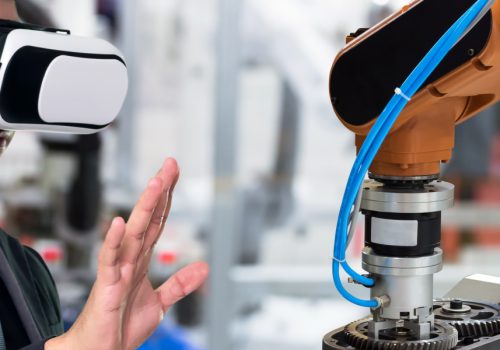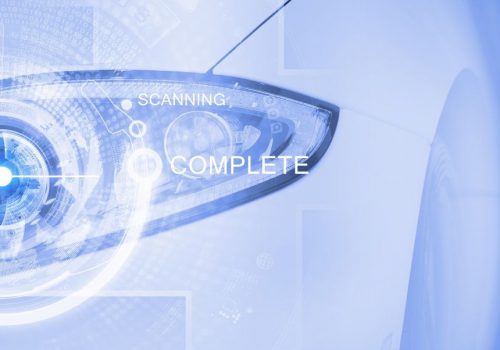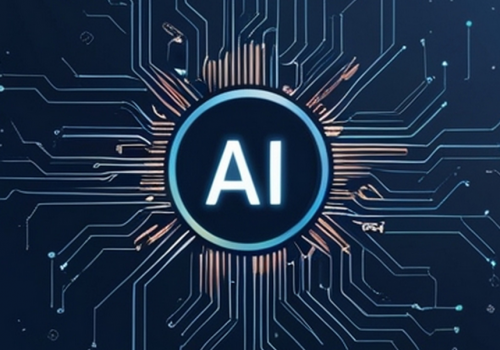In today’s fast-paced business landscape, artificial intelligence (AI) and machine learning (ML) have become transformative forces. To navigate the AI landscape effectively, it is essential to grasp the basics of machine learning and explore the potential of Machine Learning Operations (MLOps) and the concept of Lifelong Learning Machine Learning Models (LL(ML)Ms).
This comprehensive guide will provide a clear and nontechnical understanding of these concepts and how they can revolutionize your business in the age of AI.
1. Understanding the Core of Machine Learning
Demystifying Machine Learning
At its core, machine learning is about teaching computers to learn from data and make decisions or predictions. It is similar to giving them the ability to improve themselves without explicit programming. In business, there are three fundamental types of machine learning:
- Supervised Learning: Think of this as a guided learning process. You provide the computer with data along with the correct answers, and it learns to make predictions. For example, it can help in predicting customer preferences or identifying fraud.
- Unsupervised Learning: In this type, the computer explores data to discover patterns and relationships on its own. It is beneficial for tasks like customer segmentation or data clustering.
- Reinforcement Learning: Similar to training a pet, reinforcement learning involves providing rewards or penalties to the computer, allowing it to learn to achieve a goal. It is used in gaming, robotics, and optimizing business operations.
Understanding these fundamental concepts is essential before delving into more advanced AI algorithms.
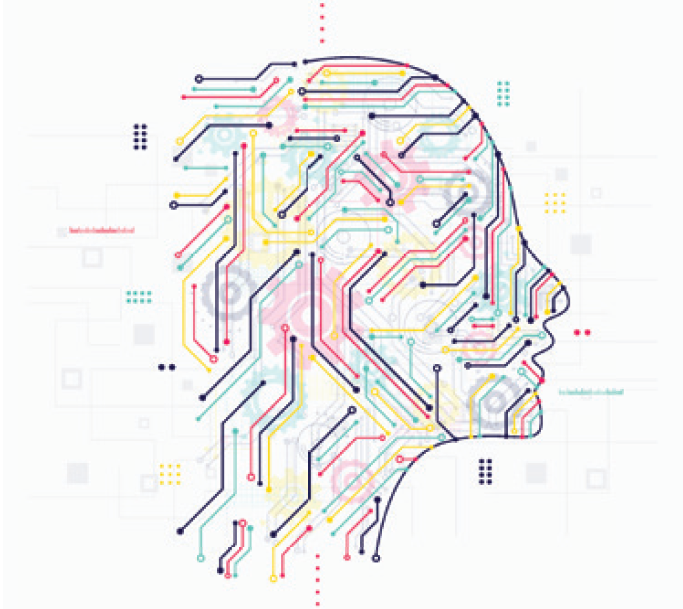
2. The Power of Deep Learning and Neural Networks
Exploring Artificial Neural Networks
Artificial Neural Networks (ANNs) are the workhorses of modern machine learning. Inspired by the human brain’s structure, they consist of interconnected nodes that process information. These networks are the driving force behind various applications:
- Convolutional Neural Networks (CNNs): These networks excel at image analysis. They automatically identify patterns and features in images, making them valuable for tasks like image recognition, face detection, and medical image analysis.
- Recurrent Neural Networks (RNNs): RNNs are designed for sequential data analysis. They understand context, making them ideal for natural language processing, speech recognition, and time-series forecasting.
- Generative Adversarial Networks (GANs): GANs are the artists of the AI world. They create data that looks like the real thing, making them perfect for generating images, enhancing photos, and data augmentation.
Deep learning and neural networks reach their full potential when combined with MLOps and LL(ML)Ms.
3. Machine Learning Operations (MLOps)
The Significance of MLOps
Developing AI models is just the beginning. Deploying and managing these models in real-world scenarios can be complex. This is where Machine Learning Operations (MLOps) steps in.
The Role of MLOps: MLOps is all about making the transition from development to deployment seamless. It ensures that your AI models perform as expected in real-world situations and can be scaled up effortlessly.
Key Components of MLOps
MLOps involves several crucial components:
- Version Control: Ensuring changes to your AI models and data are tracked and well-managed, acting as a safeguard for your AI projects.
- Continuous Integration/Continuous Deployment (CI/CD): CI/CD pipelines automate the testing and deployment of your AI models, guaranteeing that updates are consistent and reliable, preventing unexpected hiccups.
- Model Monitoring: Keeping an eye on how your AI models perform in the real world is crucial. MLOps helps you do this effectively, ensuring that your models keep delivering results.
- Experiment Tracking: This feature keeps a record of your AI model development journey, helping you understand progress and make informed improvements.
- Containerization: Think of containerization as packaging your AI models and their dependencies neatly for easy deployment in various environments, making your AI solution travel-ready.
- MLOps makes AI deployment in business smoother and more adaptable, reducing roadblocks and increasing the reliability of your AI models.
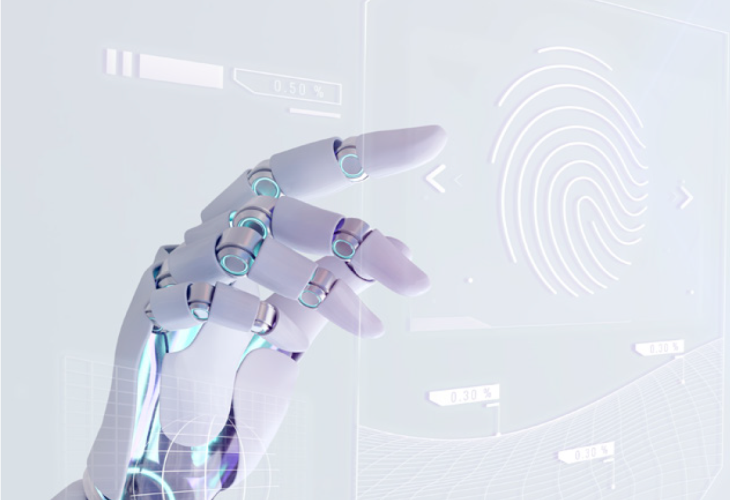
4. Lifelong Learning Machine Learning Models (LL(ML)Ms)
Embracing Lifelong Learning
Traditional machine-learning models have limitations when it comes to adapting to new tasks without retraining. This can be time-consuming and resource-intensive. Lifelong Learning Machine Learning Models (LL(ML)Ms) offer a solution.
Adapting to Change: LL(ML)Ms are like ever-learning apprentices. They can continuously learn from new data and adapt to new tasks, making them incredibly versatile and beneficial in a dynamic business environment.
Implementing LL(ML)Ms
LL(ML)Ms use techniques such as:
- Transfer Learning: They build on past experiences, using previously gained knowledge to expedite learning on new tasks.
- Regularization Techniques: LL(ML)Ms maintain stability when learning new tasks, preventing them from forgetting what they learned in the past.
- Dynamic Architecture: These models can adapt their structures to incorporate new information as it arrives, providing expandable storage for your AI.
Real-World Business Applications
LL(ML)Ms finds applications in various business scenarios, including:
- Customer Personalization: They continually learn from customer interactions, providing more accurate personalization and enhancing customer satisfaction.
- Supply Chain Management: LL(ML)Ms can adapt to changing supply chain demands, optimizing operations, and minimizing disruptions.
- Predictive Maintenance: By continuously learning, they can predict when machinery and equipment need maintenance, reducing downtime and operational costs.
- Risk Assessment: LL(ML)Ms can evolve their risk models to adapt to changing business environments, helping companies make informed decisions.
LL(ML)Ms are the future of business AI, enabling your AI solutions to be more adaptable, capable of addressing ever-changing business demands, and staying one step ahead.
5. Real-World Applications and Case Studies
Let us explore practical examples and case studies to see how these concepts are making a difference in the business world.
Real-World Use Cases of Machine Learning Algorithms:
- Healthcare Diagnosis and Treatment:
In healthcare, machine learning algorithms analyze patient data to make faster and more accurate diagnoses. For example, IBM’s Watson for Oncology uses machine learning to assist doctors in diagnosing and treating cancer. - Financial Fraud Detection:
Financial institutions employ machine learning algorithms to detect and prevent fraudulent transactions. These algorithms quickly identify unusual patterns in financial data, safeguarding businesses, and their customers from fraudulent activities. - E-commerce Recommendations:
Companies like Amazon and Netflix use machine learning to provide personalized recommendations to users. This not only improves the user experience but also drives sales and engagement. - Successful MLOps Implementation: Netflix
Netflix is a prime example of how effective MLOps can streamline AI model deployment. They employ a sophisticated system that enables the continuous improvement of their recommendation algorithms. By constantly testing and deploying new models, Netflix ensures that users are provided with highly relevant content recommendations. - Lifelong Learning Models in Business: Customer Service Chatbots
Businesses are adopting LL(ML)Ms for chatbots and virtual assistants. These chatbots can continuously learn from customer interactions, providing increasingly accurate and helpful responses. This not only enhances customer service but also reduces the workload on human support agents.
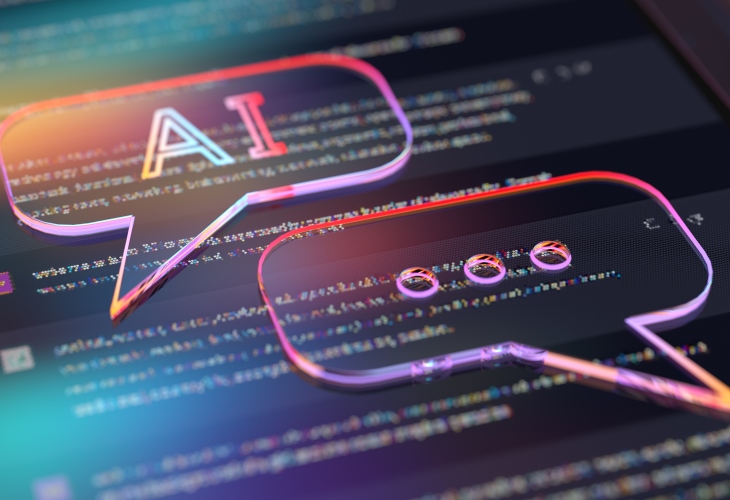
Conclusion
In the age of AI, understanding the fundamental principles of machine learning is essential for businesses seeking to stay competitive and innovative. It is not just about adopting AI but also about harnessing its full potential. By exploring MLOps and LL(ML)Ms, businesses can revolutionize their strategies, streamline operations, and deliver more value to their customers.
As you continue your AI journey, consider how these concepts can be applied to your specific business needs. Stay updated with the latest advancements and explore the ever-expanding possibilities of AI in your industry. In the world of AI, the possibilities are limitless, and the future is constantly evolving. Embrace these technologies, and your business can thrive in the AI-driven landscape.




